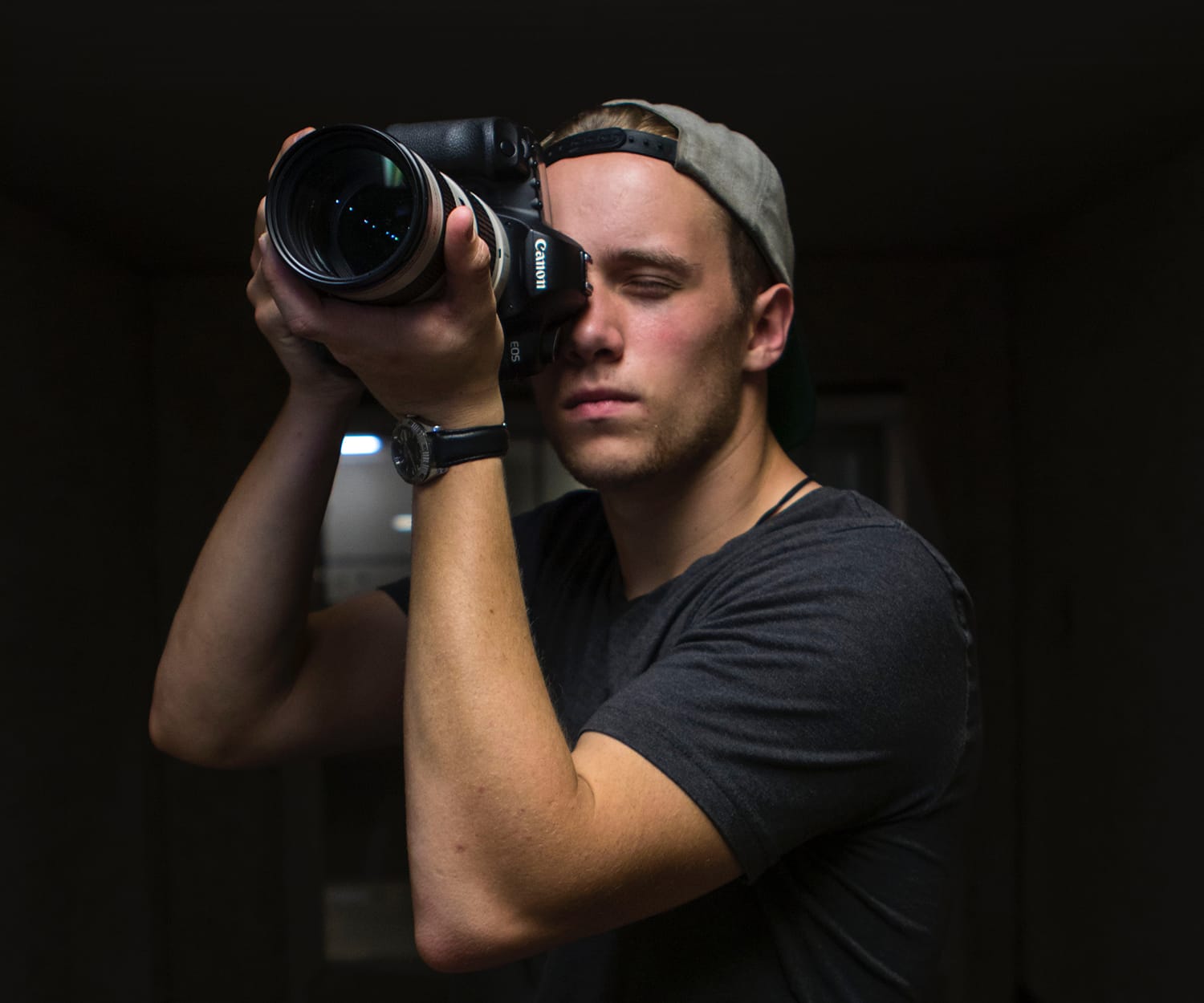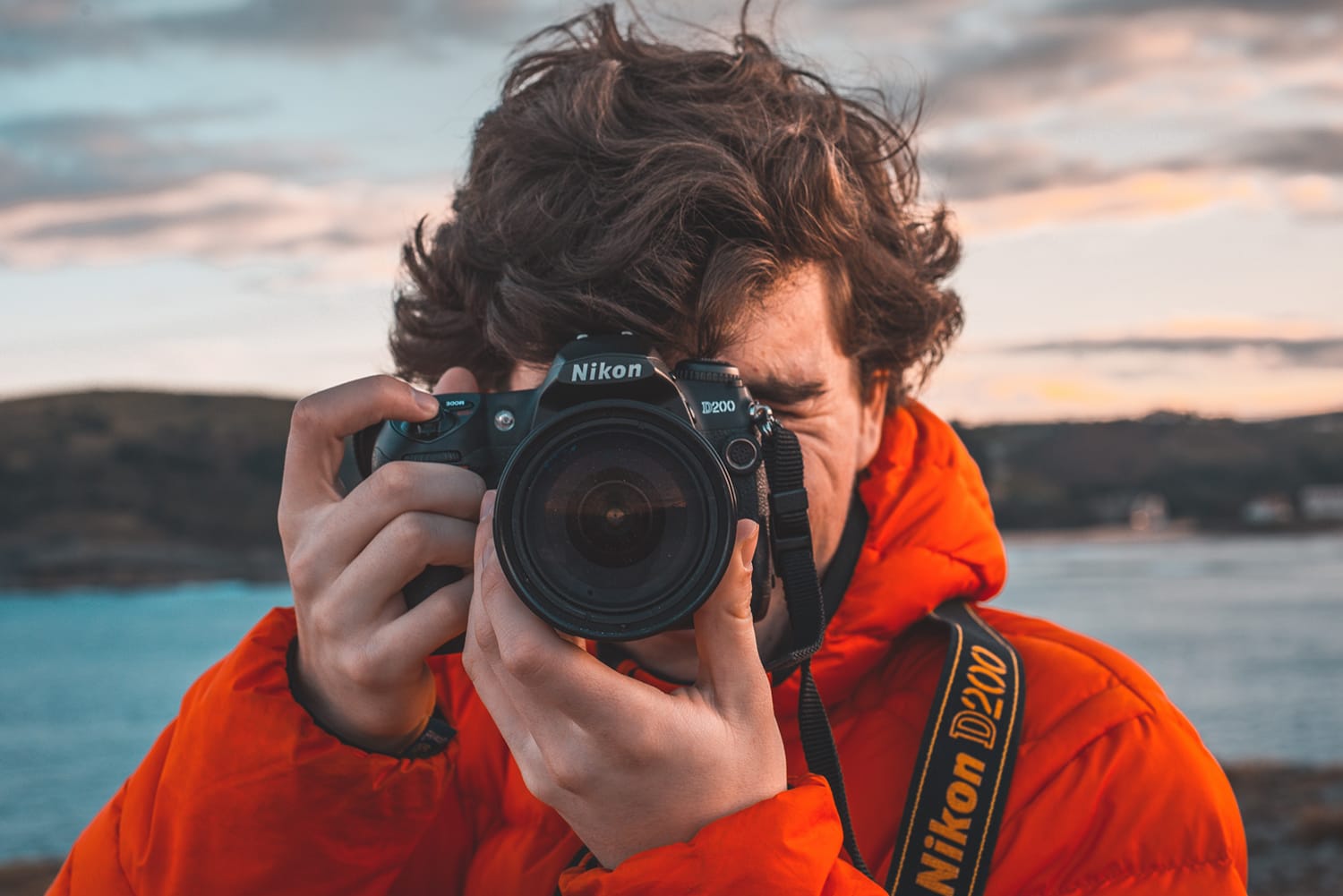Tips for Budding Pro Photographers Who Want to Develop Their Own Style
If you are a photographer who has recently turned pro, then you must understand the need to create your own identity the minute you start creating your portfolio and accepting clients.
Almost all photographers – whether professional, amateur, or hobbyist – look up to and admire other photographers. These are the ones they emulate; the ones who serve as their inspiration.
The technical signature, style, creativity, and other relevant photography aspects of these famous photographers are, most often than not, already familiar to newbies. As such, there are instances when beginners cannot help but imitate the style and identity of their idols.
While imitation is certainly a form of flattery, it has its limits. And you, as a budding professional photographer, should know and take heed of this. It is important for you to create your own style for a lot of reasons, the foremost of which is for your audience to relate to you and your work. And, well, it is always way better to be original.

The Challenge of Being Original
Being original can be quite difficult to achieve, especially nowadays. You can easily see photos of other photographers online. In the old days – when digital photography was yet undiscovered – it was easier to “keep things under wraps” because photographers had to have their photos printed first before anybody can see the images.
So, yes, creating an original style and identity may be easier said than done, especially if you have been greatly exposed to the works of your favorite photographers. But there are tips you can follow to make sure you come up with original works.
Dos and Don’ts for Those Who Value Originality & Identity
The first thing you need to know is that two individuals – maybe photographers from opposite sides of the world or two clients from different companies – can have the same idea or can think of the same concept. This is not a violation of any copyright laws per se, but it can be seen as a work similar to someone else’s. Only when something is a 100% copy can you say that it is an imitation of the original.
But then again, you wouldn’t want your clients to say, “Oh, these look similar to Mr. Photographer X! They have similar concepts!”, would you?
So here are things you should and should not do in order to make sure your work is as original as you want it to be, especially if you are a beginner pro still trying to find your way in the market.
-
Be consistent with your photographic style
This means all your photos should have something similar in them. This is how you can make your work different from those of other photographers’. A good example would be using post-processing techniques to render one object in your photo in black and white (or in color if the image is black and white).
Developing your own style also means knowing the purpose of what you are doing, familiarizing the subject matter, choosing a technical process you are comfortable and confident with, and of course, knowing how to make good use of post-processing techniques (hint: presets and profiles).
If you know and understand what you are supposed to achieve and if you know what statement you want to put out, it will be easy for you to come up with a unique idea for your photos. For example, your basic idea and objective is to show people what the world will look like without trees. You can work around this and look for locations that are bare or naked, where people will see that there is no life. Maybe you can shoot several images of a bald mountain or tree-less forest. Or even a park with dry grass and no trees.
In addition, if you know how to properly use your camera – and all the technical wonders that come with it – you’ll know how to get the best results. You’ll be able to develop your own style.
As for post-processing, some photographers use it to come up with a sense of uniqueness – a style that’s all their own. One example would be experimenting with several presets and color profiles, and creating different effects with it.
-
Do commission work rather than stock photography
Since you will be working with several individuals and groups, and in various locations, this will help fuel your creativity. You’ll find it easier to come up with ideas that are uniquely yours. If you don’t, then you’ll most probably lose your client because he’ll choose to buy stock photos instead of pay you for work he’s already seen on or offline.
-
Once you come up with an idea, do your research
First, make sure that there is nothing like it in the market or online yet. If you find even one that is more than 50% similar to what you have in mind, it is always better to go back to the drawing board and conceptualize a new one. Use your creative juices to its fullest extent.
-
When brainstorming, do not look at your past photos to come up with an idea
This will never work. Maybe you can re-hash an idea you’ve already used, but it shouldn’t be an exact duplicate – unless you are trying to put together a photography series and want to create a common style for it.
-
Disconnect from the online world from time-to-time
This will help you come up with fresh and interesting perspectives.
-
Do not focus too much on the “rules” as this can set some limits on what you can do
As long as you follow proper protocols and you don’t step on another photographer’s (and client’s) foot, you’re good to go! Remember, creativity is a “to-each-his-own” thing. No two persons have the same creative skills or levels.
-
Do not focus on your equipment
Having the best gear does not automatically make you a good and unique (original) photographer. Focus more on the images you can and want to create.
-
Always be open to more learning
Join seminars, workshops, exhibits, and even competitions. These are some of the best platforms for honing your skills and improving your ability to create original images.
-
It is not only photographers you look up to whose works should be protected…
Yours should be, too! So be wary of sharing your works and your techniques online or to other people (photographers or not).
-
Finally, focus on the process, not the result
Do not concern yourself too much with “trying to create images that are unlike any other”. Just enjoy the process and you’ll realize how easy it will be to get the results you want.
Also, it is important to keep in mind that practice makes perfect. So do spend time – a lot of time practicing and honing your craft and style.

Conclusion
In conclusion, it is best to quote professional photographer Joel Robison:
“Being inspired by another artist is not bad. Wanting to create something that you like to see isn’t bad, and even using other people’s work as a motivation for your own isn’t necessarily bad.
Many of us have inspiration boards, favorite images we’re inspired by and so on. When that crosses into complete copying and theft, it’s disrespectful not only to the original artist but also continues an attitude of ‘It’s on the Internet, so it must be mine to take’.”
So give your fellow pro photographers and yourself the respect you all deserve. Create your own style. Be as original as you can be.
